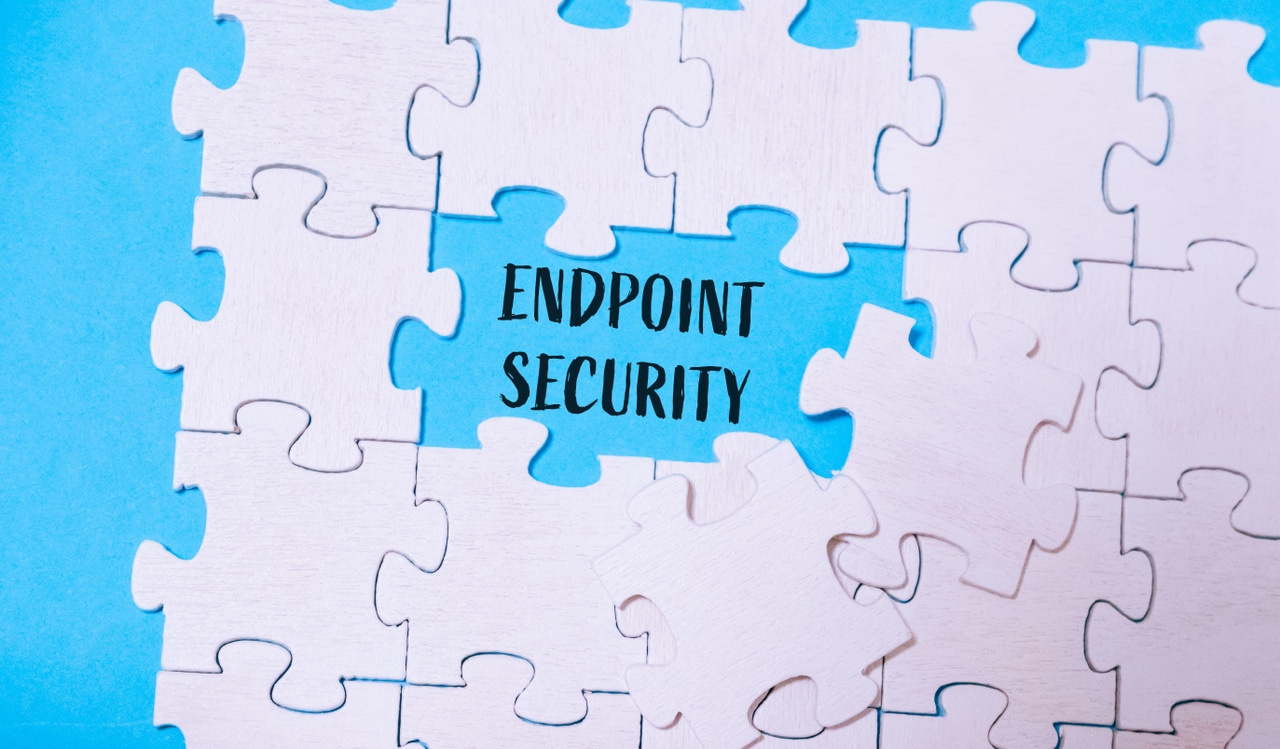Using Linux at the Endpoint: Taking Zero Trust to a New LevelUsing Linux at the Endpoint: Taking Zero Trust to a New Level
As cyber threats continue to evolve, the need for secure endpoint operating systems becomes paramount. Linux, with its robust security features and alignment with Zero Trust frameworks, offers a compelling solution for organizations aiming to enhance their cybersecurity posture.
September 6, 2024

In the realm of cybersecurity, the concept of Zero Trust is more critical than ever. As organizations strive to protect their digital assets from a myriad of threats, the operating systems (OS) they choose for their endpoints play a significant role in their overall security posture. Linux, with its robust security features, lightweight, and flexibility, is increasingly becoming a preferred choice for endpoints used for end-user computing. Consider the following security advantages of using a Linux-based OS at the endpoint to elevate your organization's security posture.
The Rise of Linux in Endpoint Security
Linux has long been associated with servers and enterprise environments, but its adoption at the endpoint is on the rise. According to a report by IDC, the market for Linux-based desktops and laptops is expected to grow by 12% annually through 2025. This growth is driven by the increasing recognition of Linux’s security benefits and the need for more secure operating systems in the face of rising cyber threats. These benefits include:
Open-Source Nature: One of the primary security advantages of Linux is its open-source nature. This transparency allows for continuous peer review by a global community of developers, which helps quickly identify and patch vulnerabilities. Enterprise-grade premium Linux OS solutions for the endpoint benefit greatly from this open-source transparency, enabling rapid community escalation and resolution of any identified security gap.
Reduced Attack Surface: Enterprise Linux distributions, particularly those built to be secure by design, offer a minimal attack surface and read-only architecture. By default, unnecessary applications, services, and ports are disabled, reducing the opportunities for attackers to exploit vulnerabilities.
Enhanced Privilege Management: Linux employs a strict user privilege model. Users operate with limited permissions, and administrative tasks require explicit elevation of privileges (using commands like sudo). This reduces the risk of malware gaining high-level access.
Customizable Security Frameworks: Tools like SELinux (Security-Enhanced Linux) and AppArmor provide robust mechanisms for enforcing security policies and isolating applications. These frameworks can be tailored to the specific needs of an organization, offering granular control over system behavior.
Regular Security Updates: The Linux community and major distributions like Ubuntu, Fedora, and Debian are diligent about releasing regular security updates. Commercial endpoint Linux OS solutions also consistently deliver security updates "over the air" for rapid updates and deployment. This proactive approach helps promptly mitigate new threats.
Centralized Management: In an enterprise endpoint deployment leveraging a Linux OS, it is critical to have the ability to centrally manage, update, and control all aspects of the security of the system and the overall user experience and workflows. From a Zero Trust perspective, this system should only allow things explicitly enabled by the management system, more of an as-needed, opt-in approach.
Implementing Zero Trust with Linux Endpoints
Zero Trust is a security model that operates on the principle of "never trust, always verify." Linux's inherent security features make it an excellent fit for implementing a Zero Trust architecture. In fact, a study by the Ponemon Institute revealed that organizations using Linux at the endpoint experienced 60% fewer security incidents compared to those using other operating systems. Furthermore, Linux’s open-source nature contributed to a 40% faster response time in patching vulnerabilities, reducing the window of exposure to potential threats.
The most advanced Linux OS solutions for the endpoint employ a preventative approach to security, which is optimized for SaaS, DaaS, and VDI environments to deliver a great cloud-first user experience without the security risk. Using a read-only OS, every system reboot undergoes a series of integrity checks to ensure the OS is delivered in a known good state. Further, no local data is stored or persists across reboots, and by default, limits the ability to use externally connected USB storage, which can be a pathway for exfiltration of corporate data. Finally, advanced Linux OS solutions for the endpoint are tested and validated with a full range of authentication, SSO, networking, DEX, and SASE partners to further secure devices from cyber risk.
The resulting secure endpoint OS is ideally suited for a range of vertical industries. Some examples include:
Use Case 1: Financial Institutions
Financial institutions are prime targets for cyberattacks due to the sensitive nature of the data they handle. A leading European bank transitioned to Linux-based endpoints to enhance its security posture. By leveraging Linux’s strict access controls and SELinux, the bank was able to enforce stringent security policies, ensuring that only authorized personnel could access sensitive financial data. This move significantly reduced the risk of data breaches and insider threats.
Use Case 2: Government Agencies
Government agencies often deal with classified information that requires the highest levels of security. A national defense agency adopted Linux for its endpoints to benefit from its robust security frameworks and customizable policies. The agency implemented application-level confinement, preventing unauthorized applications from accessing critical system resources. This approach enhanced the overall security of their IT infrastructure and ensured compliance with stringent regulatory requirements.
Use Case 3: Healthcare Providers
Healthcare providers must safeguard patient data and comply with regulations like HIPAA. A large healthcare network in the United States deployed Linux on its endpoints to bolster its defense against ransomware and other cyber threats. The network utilized Linux’s minimal attack surface and regular security updates to maintain a secure environment, protecting patient data from unauthorized access and ensuring continuity of care.
Use Case 4: Retail Industry
Retail businesses handle vast amounts of customer data and financial transactions, making them prime targets for cyberattacks. A major retail chain implemented Linux on its endpoints to enhance security and protect sensitive information. By leveraging Linux’s minimal attack surface and regular security updates, the retailer significantly reduced the risk of data breaches and malware infections. This approach ensured the security of customer data and financial transactions, maintaining customer trust and compliance with industry standards.
Superior Endpoint Security Using the Power of Linux
As cyber threats continue to evolve, the need for secure endpoint operating systems becomes paramount. Linux, with its robust security features and alignment with Zero Trust frameworks, offers a compelling solution for organizations aiming to enhance their cybersecurity posture. By adopting Linux at the endpoint, businesses can take their Zero Trust strategy to a new level, ensuring a more secure and resilient IT environment.
The security of using a Linux-based OS at the endpoint is not just a theoretical advantage but a practical reality demonstrated by real-world use cases. As more organizations recognize these benefits, the adoption of Linux for endpoint security is poised to grow, setting a new standard in the fight against cyber threats.
About the Author
You May Also Like




